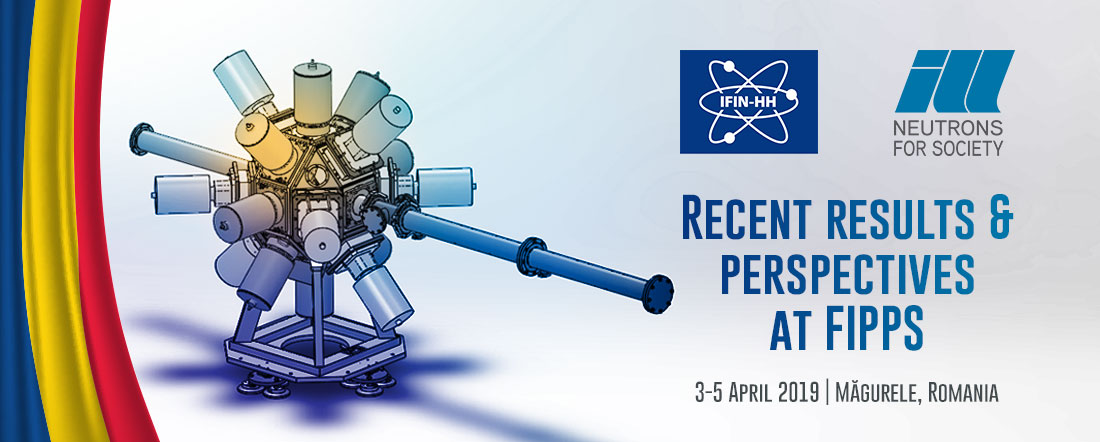Speaker
Description
An experimental campaign to perform prompt and delayed spectroscopy of the fission fragments from the 238U(n,f) and 232Th(n,f) reactions has been recently carried out. The seven-week-long campaign was performed with the nu-ball spectrometer coupled to the LICORNE directional fast neutron source based at the ALTO facility of the IPN Orsay and invloved a large international collaboration. These experiments have clear complimentarities to the recent FIPPS campaign at the ILL, since different fissioning compound nuclei are studied (239U, 233Th with fast neutrons at nu-ball/LICORNE and 234,236U and 242Pu with thermal neutrons at FIPPS). A comparison of the major differences of these two complementary experimental approaches can be made: For example, FIPPS has longer available running times and the ILL provides higher neutron fluxes, with thermal-neutron-induced fission cross sections also much higher than fast-neutron-induced fission cross sections. Hence, to achieve similar fission rates (25 - 100 kHz) with LICORNE requires the use of tens of grams of target material, which can attenuate the lowest energy gamma rays emitted. Nonetheless, the fissioning sytems studied with nu-ball/LICORNE are significantly more neutron-rich than those that can be studied with FIPPS. Furthermore, both experiments have their own unique problems with background from unwanted reactions and beta decays. These have been solved with a fission tag/active-scintillator target in the case of FIPPS, and neutron-beam pulsation combined with event-calorimetry for nu-ball/LICORNE. Indeed the calorimetry aspects of the nu-ball array give access to some important new fission observables which can be correlated with the detection of individual fragments. Emerging physics results from the first nu-ball campaign will be presented.

